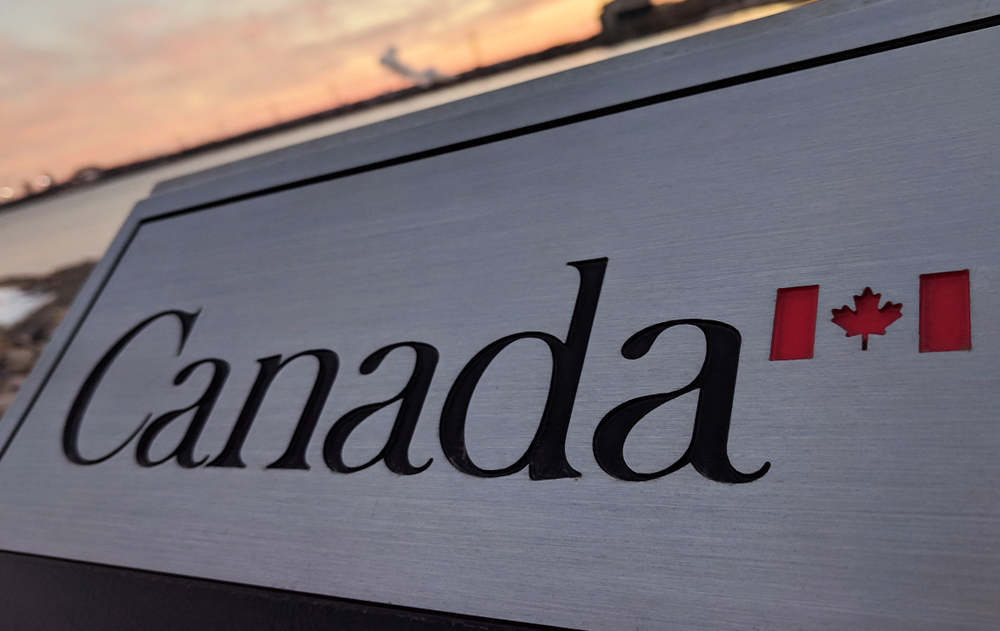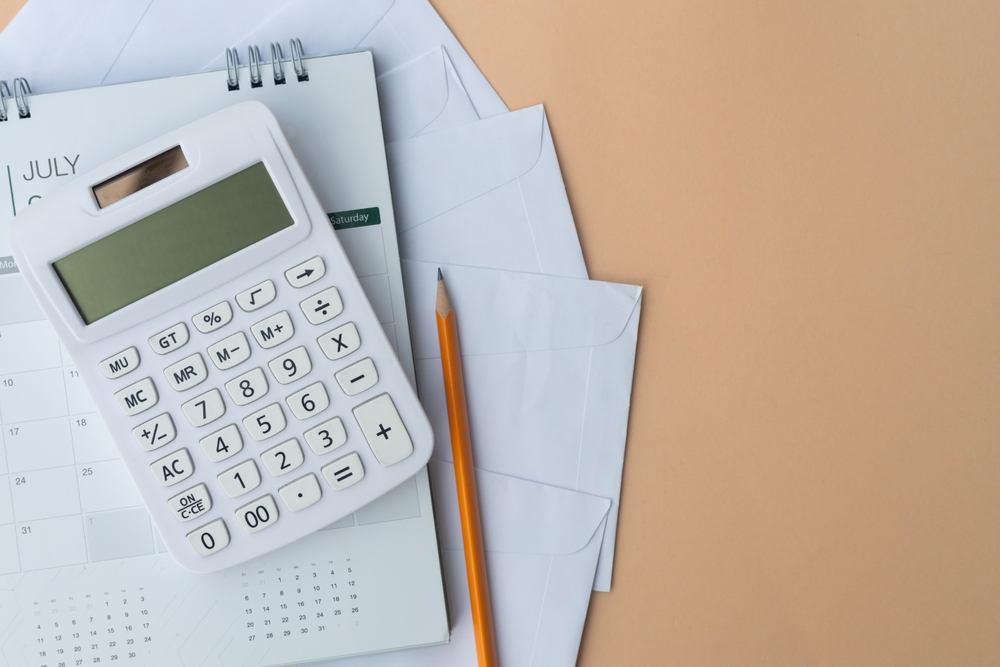If your debt is piling up, payments are getting harder to manage, or you’re simply worried about where things are heading, understanding your options is the first step toward getting back on track. This guide breaks down the personal bankruptcy process in clear, simple terms and shows how Harris & Partners can help you find the right path forward, whether bankruptcy is the answer or not.
Key Points
- 1. Assess whether you have a debt problem
- 2. Find alternatives to deal with your debt
- 3. Harris & Partners Inc. Personal Bankruptcy Process
- 4. Fulfilling your duties
- 5. Discharged from bankruptcy
- Begin your personal bankruptcy process with Harris & Partners
1. Assess whether you have a debt problem
- Are you having trouble making payments?
- Do you have more debt than total assets?
- Are you facing legal proceedings?
Do you have significant tax debts? If the answer is ‘Yes’ or even if you are just concerned with the state of your finances it is beneficial to book a free consultation with a Licensed Insolvency Trustee (previously known as a Trustee in Bankruptcy). When you meet with a Trustee you will need to provide information on your income and expenses, including net monthly take-home income and proof of income as well as information about the value of your assets and a list of your debts.
2. Find alternatives to deal with your debt
The Trustee will assess your financial situation and provide you with alternatives to deal with your debt. Bankruptcy is one of the alternatives but it is often not the best alternative as it is a last resort.
After meeting with the Trustee, you will have time to determine which course of action works best for you given the current situation. If you decide that bankruptcy is the best option, the Trustee will provide you with a list of information that is required to move forward with the process. This will allow the Trustee to put together the documents needed to file your bankruptcy with the government as well as stop garnishments, asset seizures and freeze creditor legal actions.
3. Harris & Partners Inc. Personal Bankruptcy Process
Now you can meet with the Trustee in order to sign the bankruptcy paperwork. At this time, you can also ask any questions that have come up since your last meeting.
Once you have signed the documents, the Trustee files your papers electronically with the Office of the Superintendent of Bankruptcy (the government agency responsible for bankruptcy) and the bankruptcy is officially started. The Trustee will notify your creditors but you should also tell them that you did a bankruptcy if they call.
4. Fulfilling your duties
Now it is a matter of fulfilling your duties. You must attend two counselling sessions. You must keep track of your income. The Trustee will need information to file your taxes and to monetize your assets if you have any.
If you are first time bankrupt, your income will be reviewed in the 7th month. If you are second time, it becomes the 21st month. This will determine the rate of your discharge, and whether you are required to make surplus income payments.
5. Discharged from bankruptcy
Assuming that all goes well, once you have completed all of your duties, you will be discharged from bankruptcy. At this point the bankruptcy is over, your debts are gone and you can begin the process of rebuilding your credit rating.
Learn more about personal bankruptcy with Harris & Partners Inc.
Begin your personal bankruptcy process with Harris & Partners
If you need help from those who specialize in solving debt problems, contact us at Harris & Partners Inc. Licensed Insolvency Trustee. In Toronto, NorthYork, Brampton, St.Catharines, Ottawa, Pickering, Oshawa, Hamilton, Kitchener, Brantford, Barrie and Markham, our federally Licensed Insolvency Trustees can help you achieve long-lasting financial solutions.









